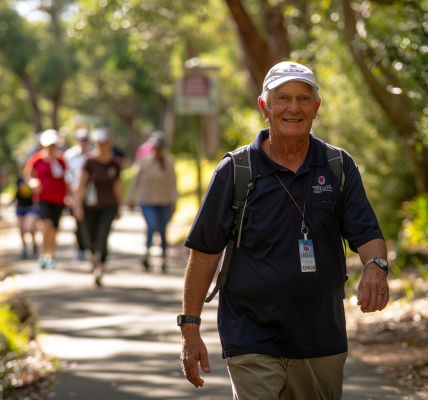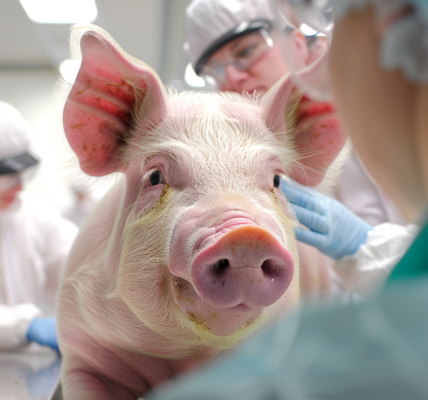Experts have developed new sun safety advice for diverse skin types. Here’s what it says
Research informing new sun safety advice that better reflects skin diversity has been published.
Australians love a day in the sun. But we also have one of the highest rates of skin cancer and one of the most ethnically diverse populations in the world. That’s seen cancer researchers get together and produce new sun safety advice that better reflects people with darker skin tones. The research informing the guidelines based on evolving evidence about the risks and benefits of sun exposure for all skin types was published in the Australian and New Zealand Journal of Public Health on Tuesday. The revised advice has been backed by major cancer groups.
Lead researcher Rachel Neale, from research institute QIMR Berghofer, said while there were some health benefits from sun exposure, it’s the main cause of skin cancer which has ‘a terrible impact on so many lives’. ‘We’re really trying to get the balance right so we can reduce the risk of skin cancer but also enable people to get the benefits of sun exposure,’ she said.
Cancer experts got together after a summit in 2021 and produced a new position statement on the balancing of sun exposure risks and benefits for all Australian adults. The new advice backed by the likes of Cancer Council Australia and the Australasian College of Dermatologists assigns people into three broad groups, each with different risks and benefits when it comes to sun exposure.
Deeply pigmented brown to black skin
This is the group the guidelines say has the lowest risk of skin cancer from sun exposure. They’re thought to be at low risk of skin cancer, but at high risk of vitamin D deficiency, because they require longer periods of sun exposure to get adequate amounts. The guidelines say they can safely spend time outdoors and routine sun protection is not needed unless they are in it for extended periods.
Very pale skin and those with risk factors
For this group, the guidelines say the risks of sun exposure likely outweigh the benefits. They need to be especially careful and follow sun protection advice, including seeking shade, wearing protective clothing, and using sunscreen.
Moderate brown to olive skin
This group has a moderate risk of skin cancer from sun exposure. The guidelines recommend they seek shade, wear protective clothing, and use sunscreen when the UV index is 3 or above.
Researchers hope the updated advice can begin informing more individualized clinical care and public health practice.





